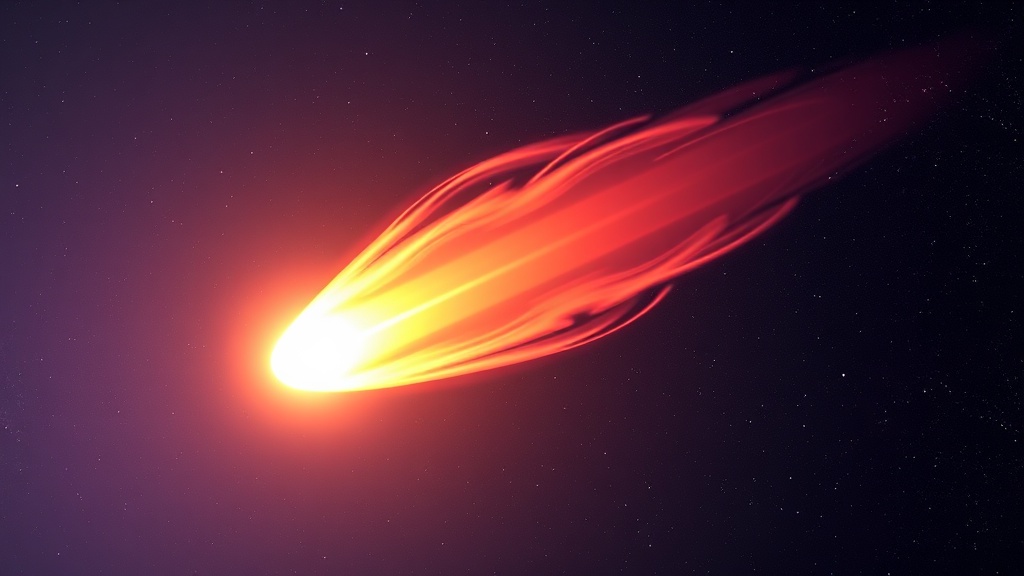Home / Science / Interstellar Comet 3I/ATLAS Captivates Astronomers, Debunks Alien Spacecraft Rumors
Interstellar Comet 3I/ATLAS Captivates Astronomers, Debunks Alien Spacecraft Rumors
3 Oct
Summary
- Comet 3I/ATLAS discovered by NASA's ATLAS telescope in July 2025
- Traveling at record-breaking speed of 210,000 km/h, fastest ever observed
- NASA and ESA confirm comet poses no threat to Earth, offers rare study opportunity

On July 1, 2025, NASA's ATLAS telescope in Chile discovered a comet hurtling through space at a record-breaking speed of 210,000 km/h (130,500 mph), the fastest ever observed. This interstellar visitor, officially named 3I/ATLAS, immediately sparked online speculation that it could be an alien spacecraft.
Despite the online frenzy, both NASA and the European Space Agency (ESA) have confirmed that 3I/ATLAS poses no threat to Earth. The comet's closest approach was on July 21, 2025, when it passed about 270 million km (167.8 million miles) from our planet—over 700 times the distance to the Moon.
Astronomers are excited about the rare opportunity to study 3I/ATLAS, as it is only the third interstellar object ever observed in our solar system, after 1I/'Oumuamua in 2017 and 2I/Borisov in 2019. Its strange, non-circular orbit and high speed provide clues about the formation of planetary systems beyond our own.
As 3I/ATLAS reaches its closest point to the Sun on October 30, 2025, ESA and NASA spacecraft will closely monitor the comet to analyze its chemical composition and better understand the building blocks of other solar systems. This data could reveal whether our galaxy has a common "chemistry" or if there are significant differences between star systems.



